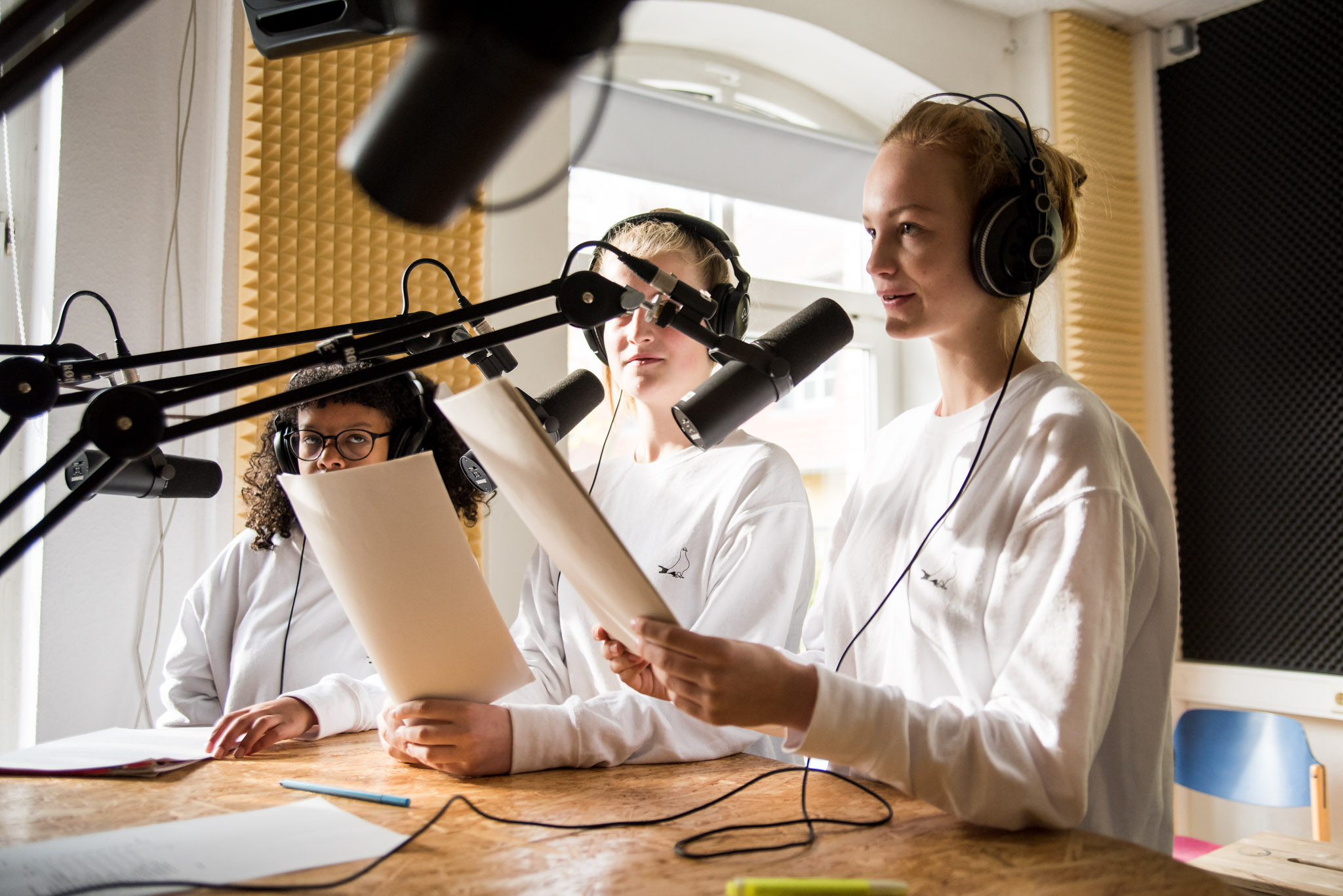Anyone who doesn’t understand the title definitely hasn’t seen the film “The Tuba Thieves” by Alison O’Daniel.
Between 2011 and 2013, a significant number of tubas from school orchestras in the USA were stolen. However, the film doesn’t revolve around these thefts. The stolen tubas are used as a motive to portray sounds, noises, and tones for the audience in a unique and different way.
As a result, the film follows several characters with hearing impairments through their daily lives, exposing us to their strengths, weaknesses, and fears.



The main focus of the film is undoubtedly its soundscape. While in other films, you may occasionally see a switch between scenes in black and white and color you get scenes with and without sound.
However, due to the film’s style, you could still enjoy the entire movie without an audio track. This is achieved through the film’s subtitles, which describe the audible sounds with great precision, even specifying their decibel levels. This allows viewers to have a cinema experience similar to that of a deaf person when they cover their ears, which I find quite remarkable.
Nevertheless, the film is not solely reliant on audio; it also impresses visually. The imagery presented is generally very cinematic and helps portray the lives of the protagonists. Additionally, there are rather unconventional scenes that are re-enacted, resembling a narrative film. This blurs the boundaries between the two genres—a filmmaking approach that was entirely new to me and, as a result, quite fascinating.

The film presents the characters in various situations where their hearing impairments come into play, offering an up-close look. Despite the presence of the camera, everything feels very natural, often causing viewers to become deeply immersed in the film’s narrative.
Although the film’s audio approach may initially seem unusual, once you embrace it, it becomes an experience that is rarely found in cinema. Therefore, I wholeheartedly recommend it!
Edgar





